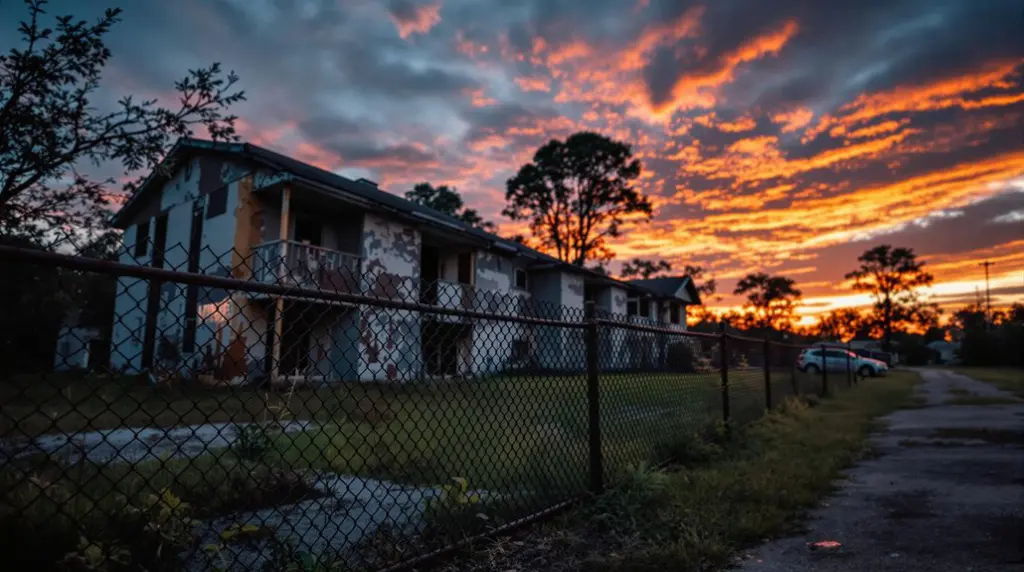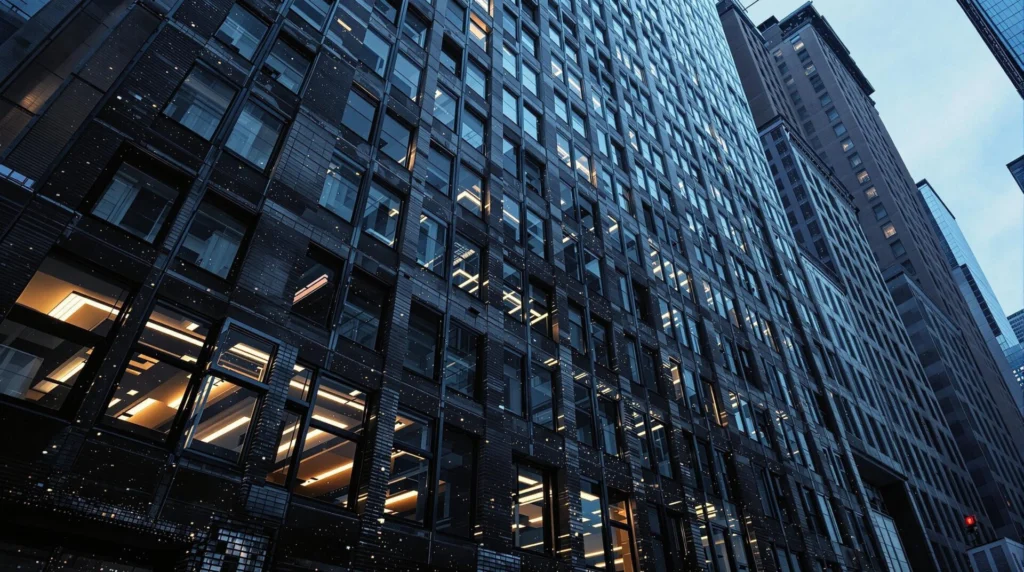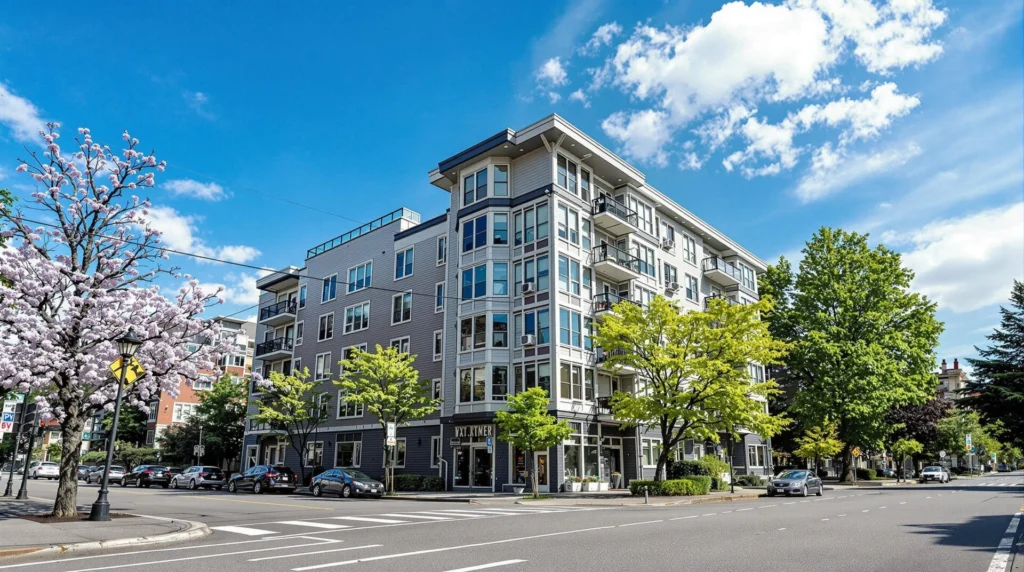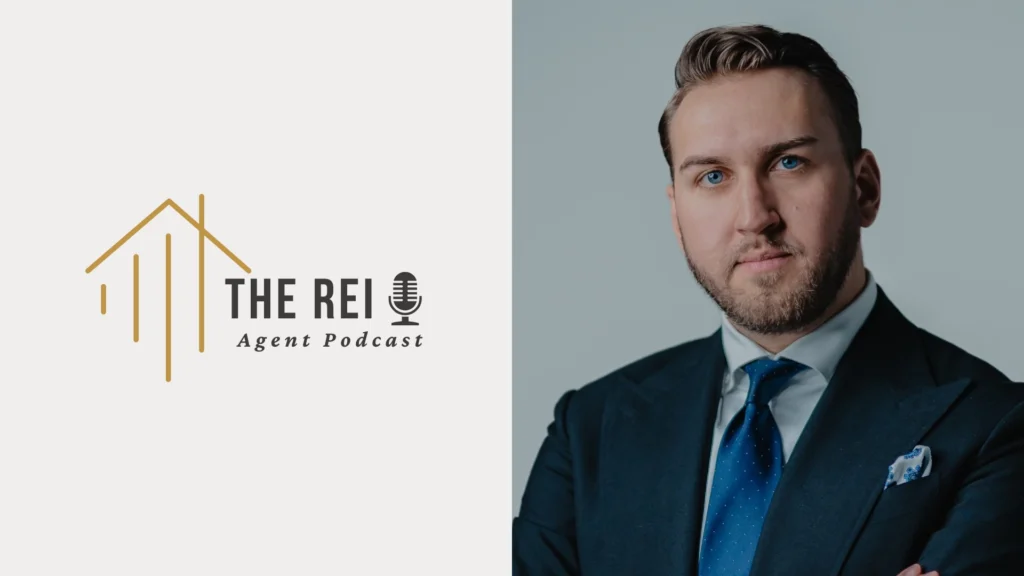Key Takeaways
- 17 investors filed a federal lawsuit claiming they were defrauded out of $10.3 million by Utah real estate firms.
- The commercial building they invested in was marketed with false promises of a 20-year lease and high returns.
- The anchor tenant never paid rent and filed for bankruptcy, and initial investor payouts allegedly came from new investor funds.

Salt Lake City, UT – The Utah real estate market is one of the best areas of investment in the country, but when vital due diligence does not come into deal play, real estate transactions can quickly become an untrustworthy nightmare.
Retirement dreams crushed.
Medical offices empty.
Investors betrayed.
A lawsuit shakes the very core of Utah’s commercial real estate world.
What if the “passive income” you counted on to fund your retirement was a complete illusion?
That’s exactly what 17 furious investors are now claiming after sinking their life savings—and in some cases, their inheritance—into what was marketed as a headache-free commercial property deal in South Jordan, Utah.
The shocking lawsuit filed in federal court paints a damning portrait of promises broken, tenant bankruptcies, and one gaping $10.3 million financial wound.
Here’s what you need to know about this unfolding nightmare:
- A 20-Year Lease That Vanished Overnight – Investors were sold on guaranteed returns, backed by a so-called anchor tenant who never paid a dime in rent.
- Property Value Cover-Up – Plaintiffs say the building was purchased for $10.3M, but was only worth $2.6M.
- “Passive Income” Turns Into Active Grief – Checks stopped, lives changed, retirements postponed. The victims are speaking out—and they’re not staying silent.
Here’s what went down.
The Promise: Passive Income, Prime Tenant, Perfect Deal
The firms at the center of this firestorm—Millcreek Commercial Properties, Millrock Investment Fund, and Colliers International—pitched South Jordan Medical as the golden goose for local investors.
With the promise of a “20-year lease,” a “6.5% return,” and a stress-free mailbox money lifestyle, people like Liz Carlston and Monika Hansen were sold.
Carlston, who invested part of her parents’ inheritance, recalls receiving $1,630 per month… until the checks suddenly stopped.
“It’s been devastating to our family,” she said. “They promised no tenant hassles. Just passive income.”
That passive income turned out to be painfully active stress.
The Anchor Tenant That Sunk the Ship
The crown jewel of the investment pitch was a national healthcare tenant called Neurogenex, touted as the fastest-growing brand in the country.
But there’s a catch—Neurogenex never paid any rent. Not once.
Even worse, investors allege they were still being pitched to invest after Neurogenex had filed for Chapter 11 bankruptcy in Arizona in January 2024.
By the time the truth emerged, the so-called anchor had capsized, leaving half the property empty and millions at stake.
The Shocking Math: $10.3M vs. $2.6M
In what may be the lawsuit’s most jaw-dropping accusation, investors say the property was grossly overvalued.
RELATED CONTENT
Despite buying it for $10.3 million using investor capital, county records showed the land valued at just $2.3 million.
Retiree Lynn Kneedy, 74, was promised returns of up to 9%. But after reading the property records himself, he asked his sales agent why the numbers didn’t add up.
“She told me the building price had nothing to do with the investment,” Kneedy said.
For many, that moment marked the first red flag—too late to turn back.
Smoke and Mirrors: A Ponzi-Style Payout?
The lawsuit also claims that the first round of monthly checks was not from rent, but simply recycled investor funds, a practice eerily similar to Ponzi schemes.
When the money ran out—and the tenant vanished—the payouts stopped.
Hansen, who once hoped to retire early, now works extra hours and misses time with her grandkids.
“I’ve had to take on a new job. I can’t retire now,” she said.
Assessment
This case delivers a chilling reminder to real estate investors: due diligence is not optional—it’s survival.
With promises of passive income and “anchor tenants,” this deal lured in victims through emotion and trust, only to pull the rug out from under them with hidden vacancies and inflated property values.
The $10.3 million lawsuit, still working its way through federal court, isn’t just about one medical building.
It’s a warning shot to all investors in the U.S. commercial sector: verify before you trust, and never confuse professional branding with financial security.
As more lawsuits emerge and federal judges take the gavel, the entire Utah real estate landscape may be due for a reckoning.
Related Content:
- Las Vegas Real Estate Mogul Faces Federal Indictment in Sweeping Fraud Case
- Mortgage Dead End (First-Time Homebuyers Trapped In Potential Decade-Long Nightmare)
- California Palisades Inferno (A Nightmare of Fire, Government Failure, and Financial Collapse)
- Chicago Broker’s Million-Dollar Fraud Shatters Investor Trust (Four-Year Prison Sentence, $2M Restitution Ordered)





















